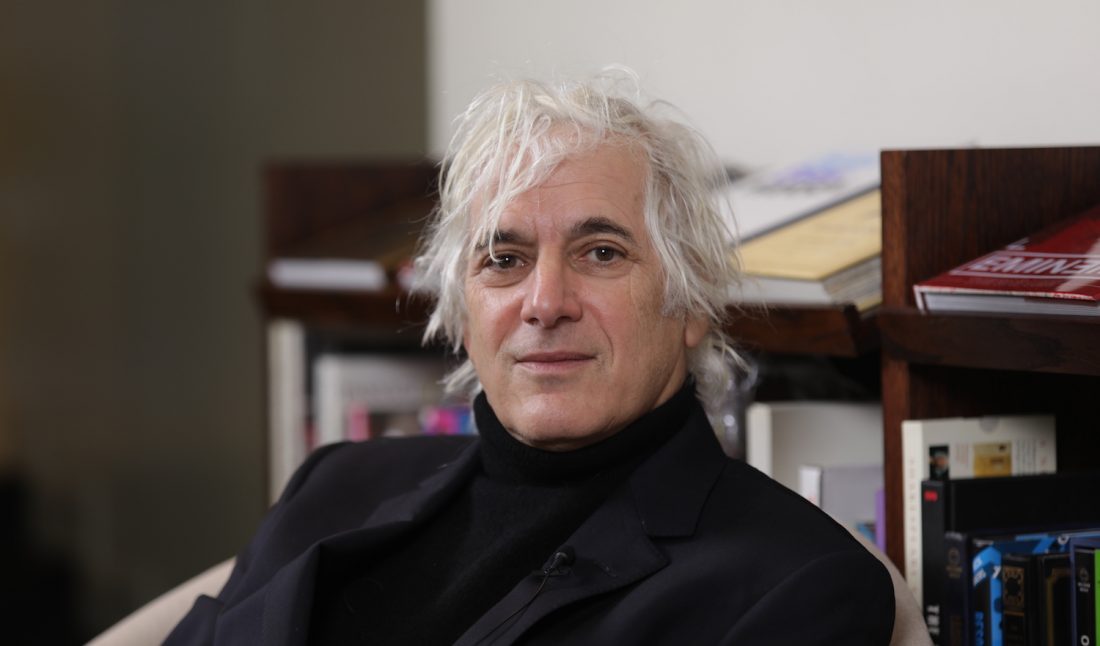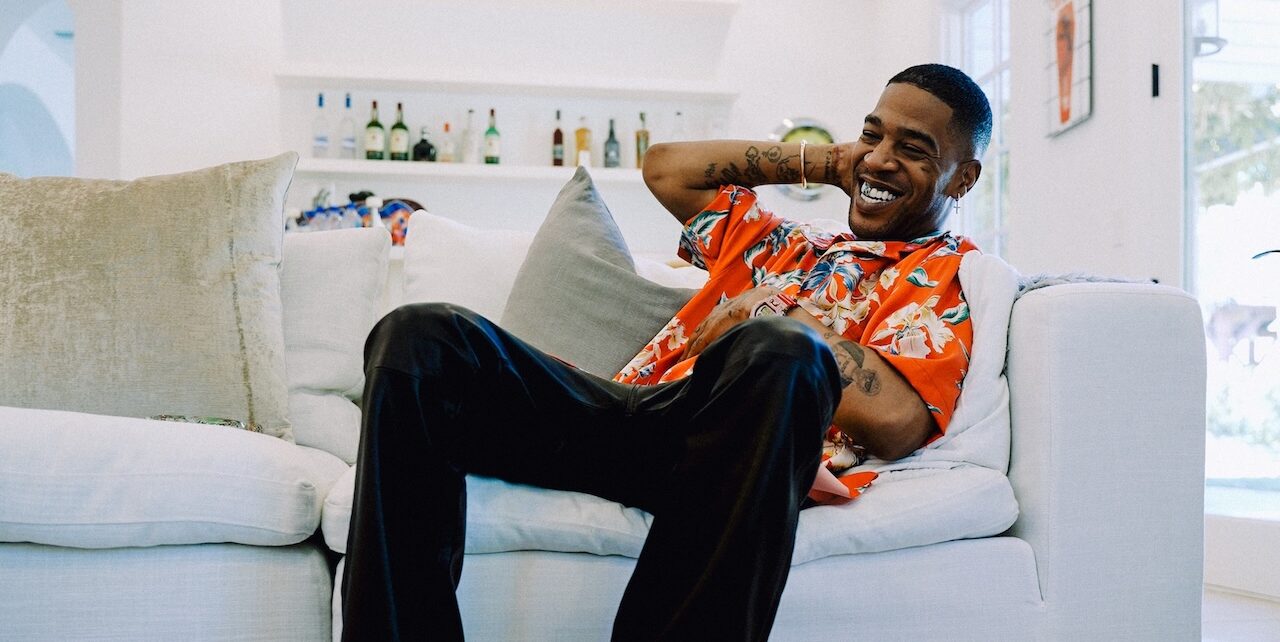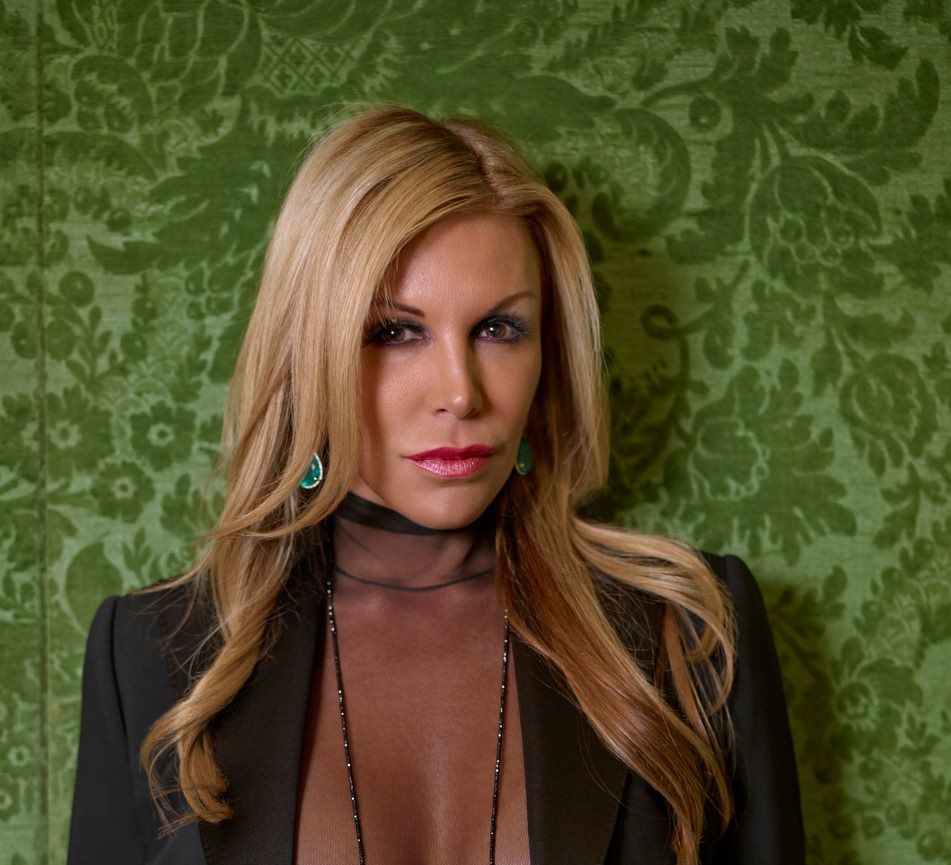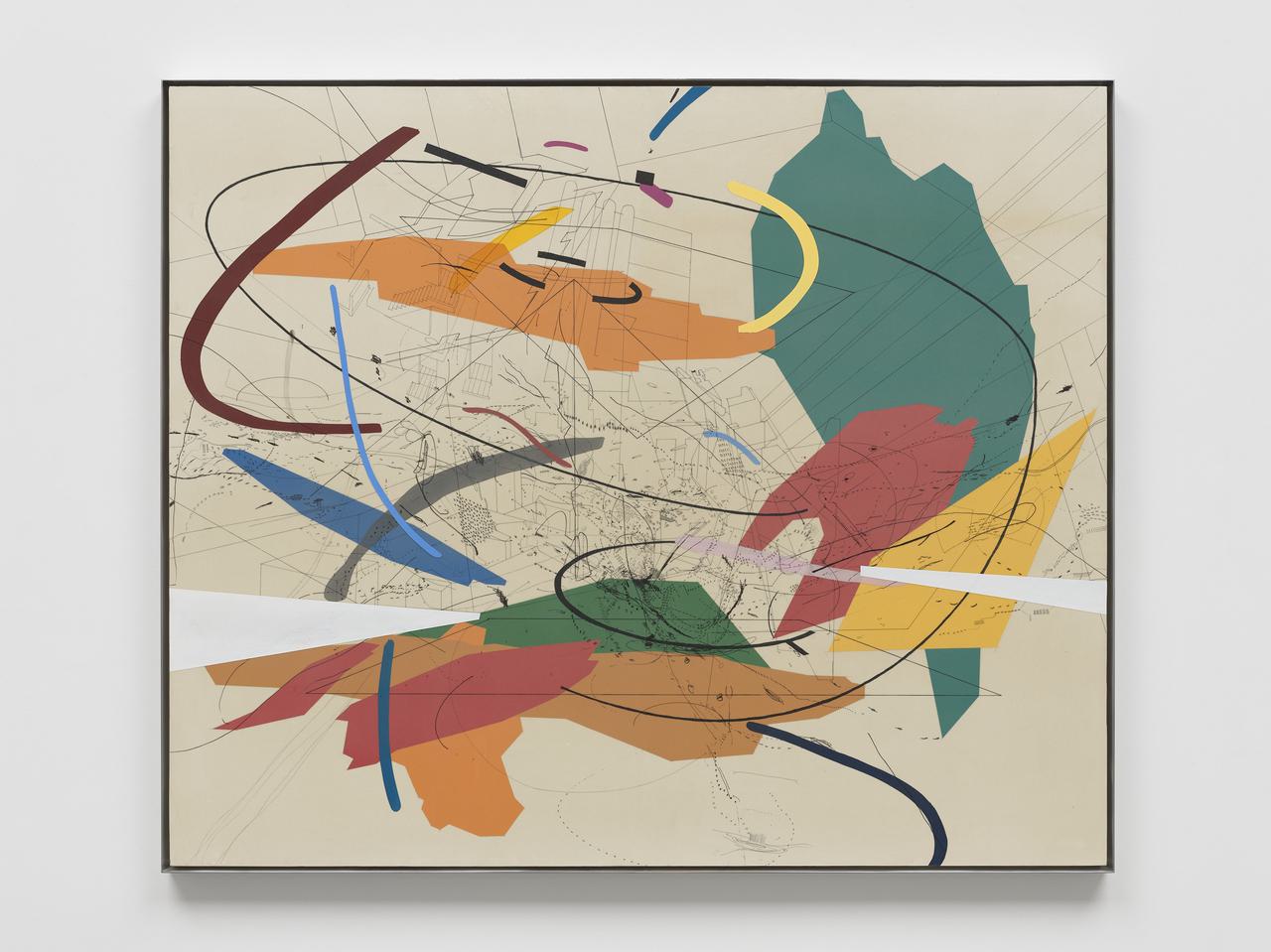In 1994, Josh Baer launched an art industry newsletter titled The Baer Faxt, and David Zwirner was his first subscriber. This early experience as an art market communicator—with artist parents, including the Pace Gallery-represented painter Jo Baer—snowballed into him leading a gallery, then opening his own, and ultimately becoming the art market expert he is today.
Fast-forward 28 years later, and today, he is celebrating the launch of his latest venture, The Baer Faxt Art Advisory. The new art advisory membership program aims to help the next generation build art collections, and make wise decisions from the start.
Whitewall spoke with Baer to hear how his new company provides art market access and knowledge, and what one work in his home he’d buy again.
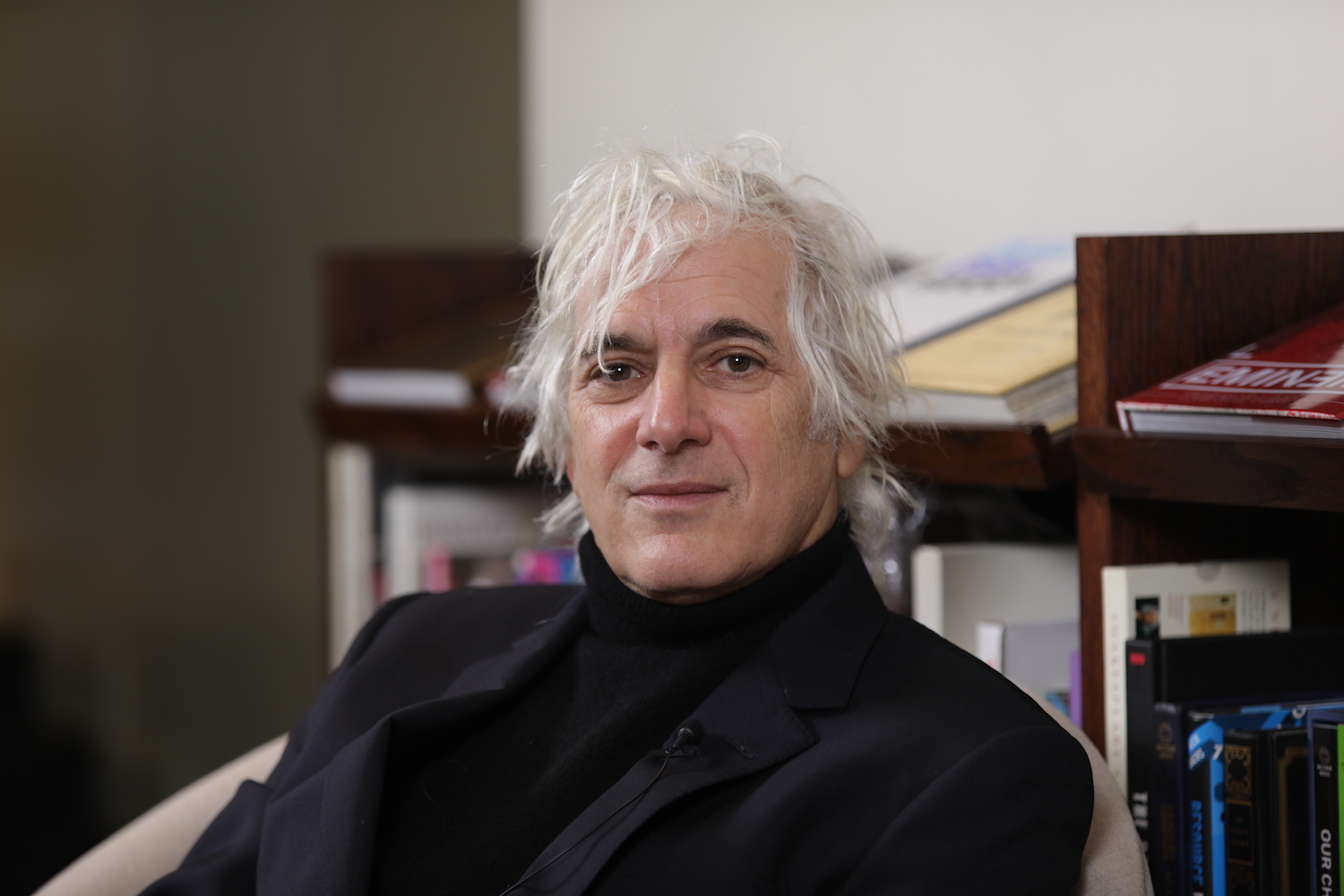 Portrait of Josh Baer by Joshua Geyer.
Portrait of Josh Baer by Joshua Geyer.
WHITEWALL: What does/did your newsletter break down for its readers? How does it help guide the public to making sound decisions?
JOSH BAER: I grew up as an “insider” in the art world. As the child of artist Jo Baer and my stepfather John Wesley (from 1960 onward), I grew up in New York City seeing people like Clement Greenberg talking at our dinner table or going to homes and talking to the likes of Robert Smithson of the then-relatively small art world.
So, it wasn’t a hard progression after college to enter a world I had a leg up in—first with me running White Columns at 23, then later opening my own gallery. After the market crash of 1990 that stretched on for years, I had a “shower idea” of The Baer Faxt. Yes, my first subscription check came from a young dealer named David Zwirner. It works in the way that I am the only non-journalist reporting on a market that I actually work in and that the type of market transactions we talk about I have actually done—a different type of vantage point.
 Rendering courtesy of The Baer Faxt Art Advisory.
Rendering courtesy of The Baer Faxt Art Advisory.
WW: Can you tell us a bit about your happenings today with The Baer Faxt Art Advisory?
JB: What The Baer Faxt and the advisory have as our main “products” are access and knowledge, and this new advisory platform exists to offer that on a broader and more efficient basis.
WW: What does the program entail and offer to art buyers and collectors that other art advisors may not?
JB: Not all collectors, whether experienced or not, need the daily hand-holding that most art advisors have to offer their clients. We offer both on-demand expertise and we also push out content to this group of clients. It’s kind of based on the model of doctor-on-demand concierge service. Some collectors just need confirmation, or not, in their choices and like to make their own transactions or they need independent eyes to look for them at objects around the world, which we can offer for only a fee of three thousand dollars a year for the basic service. It can be a no-brainer extra tool for them.
 Rendering courtesy of The Baer Faxt Art Advisory.
Rendering courtesy of The Baer Faxt Art Advisory.
WW: During Miami Art Week last month, you hosted a five-hour event that offered free advice at the Fontainebleau. What was that like?
JB: By day four of Miami Art Week, there’s a certain amount of fatigue that kicks in of getting to where you need and want to go around town, like how many hours stuck in traffic of trying to make a 2:45 p.m. appointment can a person take? So, we said, “Relax, come when you can, have a drink, and get to know us better.”
WW: How do you feel digital art is impacting collectors’s decisions, and the traditional buying and selling within the art market at large?
JB: For my existing clients not much—they can wait for things to play out—but for the Advisory, we see the cross-over demand between digital and traditional and are adding an expert to our team in 2022.
 Rendering courtesy of The Baer Faxt Art Advisory.
Rendering courtesy of The Baer Faxt Art Advisory.
WW: You’re also an avid philanthropist. How do you view art’s relationship to philanthropy?
JB: It’s sometimes seen as “either-or,” and I see buying art and philanthropy as “both.” The press assumes that someone who buys a 50-million dollar work of art could spend that on charity without knowing that person may have already given one billion dollars to charities.
WW: If you were to offer one piece of advice for a budding art collector, what would it be?
JB: Buy what you love. Don’t think about investment until a certain price point—determine that threshold. The same advice every pro gives.
WW: Do you have an art collection? What’s in it?
JB: I’m not really a collector, but I do love my Charles Ray photo work in our kitchen. Desire got the best of me at the start of the pandemic and I made a brash decision that I don’t regret. I’d buy it again.






